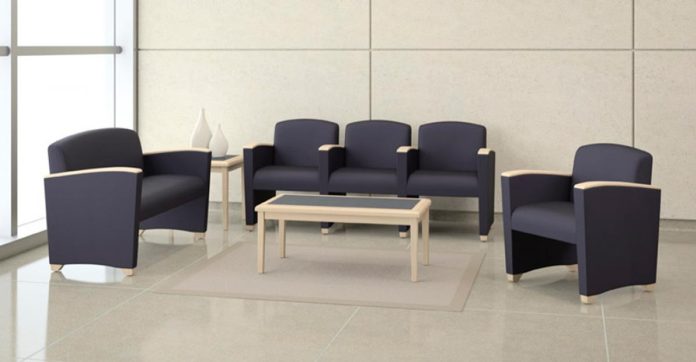In environments such as hospitals, airports, offices, and government buildings, waiting areas serve as essential spaces where people often spend extended periods. While these spaces are typically designed for temporary use, the comfort and health of individuals using them should not be overlooked. This is where the role of ergonomics becomes critical in the design and manufacturing of waiting chairs. Ergonomically designed waiting chairs not only provide immediate comfort but also contribute to long-term well-being by supporting posture and reducing physical strain.
The role of a waiting chair manufacturer extends beyond simply creating functional furniture. Manufacturers with a strong focus on ergonomics consider human anatomy, behavior, and health in their design choices. From the height and width of the seat to lumbar support and armrest positioning, every detail is crafted to enhance the user experience and promote comfort during wait times.
Enhancing User Comfort and Satisfaction
Ergonomically designed chairs significantly enhance the comfort of individuals who use waiting areas for any length of time. Poorly designed chairs can cause discomfort, back pain, and fatigue, particularly when people are seated for long durations. Ergonomic seating addresses these issues by offering better support for the spine, promoting proper posture, and minimizing pressure on key areas of the body.
Comfort also plays a psychological role. Visitors or clients are more likely to perceive the overall environment positively when the seating is comfortable. Whether it’s a patient waiting in a clinic or a client in a corporate lobby, ergonomic chairs contribute to a welcoming and professional atmosphere.
Reducing Health Risks
Prolonged sitting in uncomfortable chairs can lead to several health concerns, including musculoskeletal disorders, back pain, and poor circulation. Ergonomics in chair design helps reduce these risks by ensuring proper alignment of the body. Features such as contoured seat pans, adjustable backrests, and appropriate seat depth and width help distribute weight evenly and support natural movement.
This is especially important in settings like hospitals or transport terminals where individuals may be elderly, disabled, or already experiencing discomfort. A chair that supports their posture can prevent exacerbating any existing conditions and provide a more inclusive experience for users of all physical abilities.
Supporting Organizational Goals
For organizations and businesses, ergonomic seating reflects a commitment to quality, care, and user-centric design. Providing well-designed waiting chairs can improve client satisfaction, boost employee morale, and even reduce liability concerns related to health or injury claims. Ergonomic furniture also reduces wear and tear caused by improper usage, leading to longer product life and reduced maintenance costs.
In healthcare and government facilities where service efficiency and client satisfaction are top priorities, the importance of user comfort cannot be overstated. Ergonomic waiting chairs support these goals by reducing the stress and discomfort associated with long waiting times.
Design Features to Look For
An ergonomic waiting chair incorporates several design features aimed at maximizing comfort and support:
- Contoured seat and backrest: Shaped to follow the natural curves of the spine, helping reduce back strain.
- Proper seat height: Ensures feet rest flat on the floor and knees are at a 90-degree angle.
- Supportive armrests: Positioned to relax the shoulders and assist with sitting down or standing up.
- Breathable materials: Enhance comfort by reducing heat buildup during extended use.
- Durable padding: Provides sufficient cushioning without compromising posture.
These features are often the result of thorough research and testing by manufacturers dedicated to ergonomic excellence.
Balancing Aesthetics and Functionality
While ergonomics is a top priority, aesthetics also play a role in waiting chair manufacturing. A professional and visually pleasing environment can impact how an organization is perceived. The best manufacturers strike a balance between ergonomic design and stylish form. Chairs are available in various materials, finishes, and color options to match the decor of different facilities while still providing comfort and support.
By integrating both form and function, manufacturers ensure that ergonomic waiting chairs meet both operational and design standards, appealing to architects, facility managers, and end users alike.
Conclusion
Ergonomics is not just a luxury—it is a necessity in modern waiting chair design. By focusing on ergonomic principles, manufacturers are able to produce chairs that promote health, enhance comfort, and improve the overall experience of users. For businesses and institutions aiming to create welcoming and efficient spaces, selecting ergonomically designed seating is a wise investment. It not only reflects well on the organization but also supports the well-being of everyone who walks through the door.




